
On 21 May 2017, hundreds of children visited the Institute of Atmospheric Physics (IAP), Chinese Academy of Sciences (CAS), to learn how an Earth System Simulator can “CT scan” Earth and its atmosphere. The event was part of CAS’ Public Science Day, when all CAS institutes open their doors to the public and engage children with science.
The Earth System Simulator, or Earth System Science Numerical Simulator Facility, is being developed by the IAP, Sugon, Tsinghua University, and the National Satellite Meteorological Center. The construction of CAS’ Huairou Campus, to accommodate the facility, will begin at the end of 2017. The facility will be capable of producing a numerical simulation of Earth, and features a parallel framework and visualization system. It can be used to predict evolutionary changes in ocean currents, the atmosphere, land surface processes, and ecology.
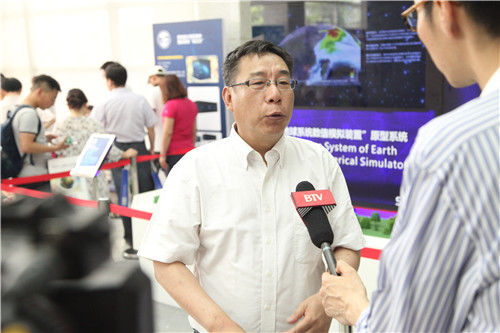
IAP Director ZHU Jiang being interviewed by Beijing TV, in which he introduced the facility and states the importance of engaging the public, especially children, with science. (Image by IAP)
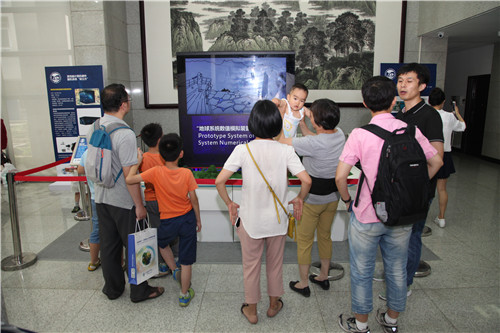
A Sugon engineer introducing prototype of the Earth System Science Numerical Simulator facility. (Image by IAP)
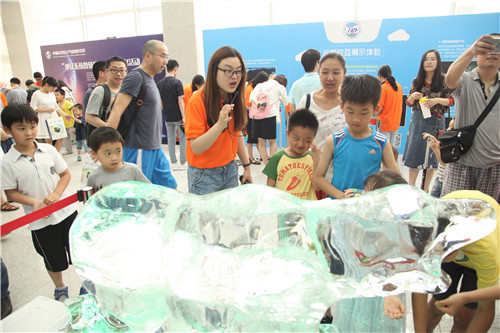
Children enjoying an ice sculpture of a polar bear in the lobby of the IAP building. While feeling how quickly the ice melts, they listen to an IAP student’s explanation of the response of the Arctic to climate change. (Image by IAP)
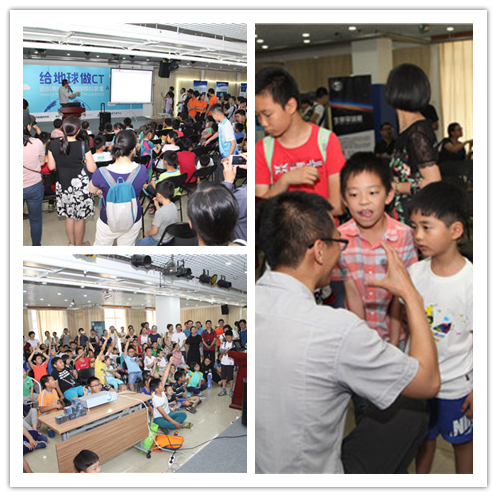
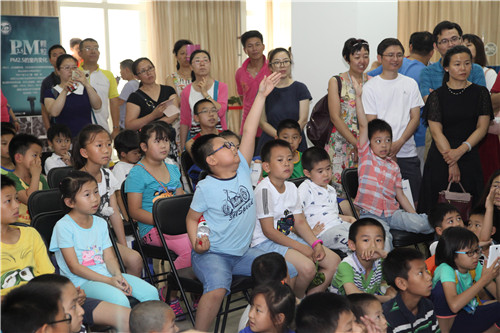
Children asking questions after Dr. ZHENG Weipeng’s introduction to the Earth System Simulator. (Image by IAP)

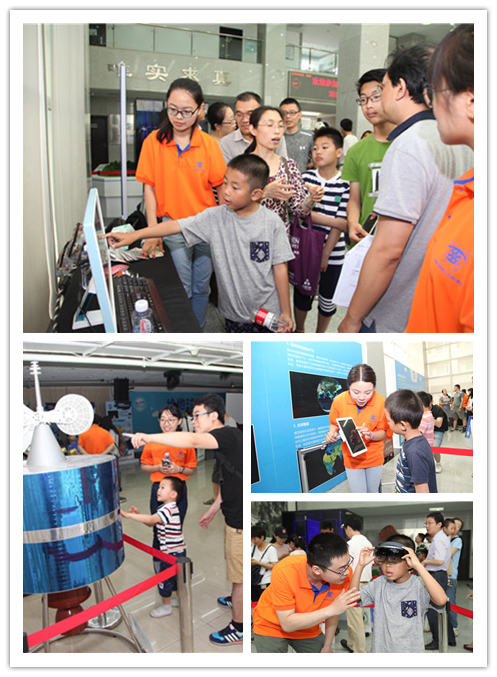
IAP students using modern technology to help children understand how to simulate the Earth system. (Image by IAP)
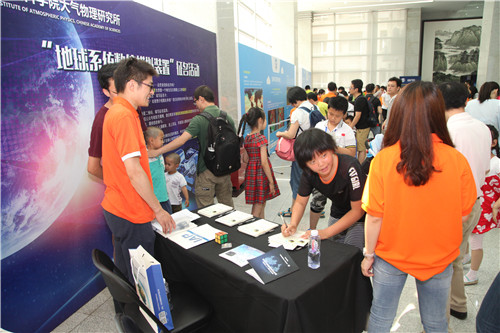
IAP invited children to name the facility. (Image by IAP)

86-10-68597521 (day)
86-10-68597289 (night)

52 Sanlihe Rd., Xicheng District,
Beijing, China (100864)

